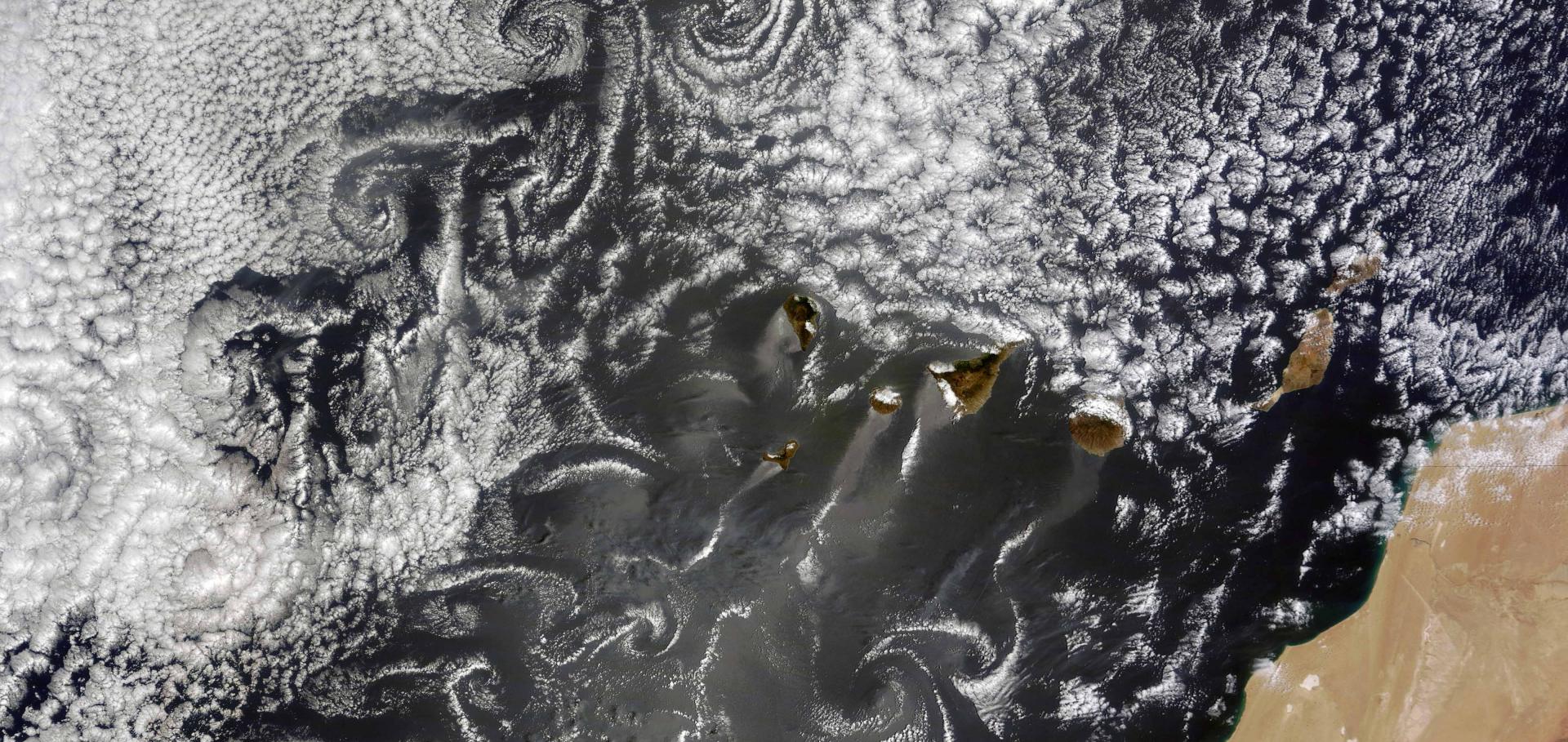Statistical constraints on climate model parameters using a scalable cloud-based inference framework
Abstract:
Atmospheric aerosols influence the Earth’s climate, primarily by affecting cloud formation and scattering visible radiation. However, aerosol-related physical processes in climate simulations are highly uncertain. Constraining these processes could help improve model-based climate predictions. We propose a scalable statistical framework for constraining the parameters of expensive climate models by comparing model outputs with observations. Using the C3.AI Suite, a cloud computing platform, we use a perturbed parameter ensemble of the UKESM1 climate model to efficiently train a surrogate model. A method for estimating a data-driven model discrepancy term is described. The strict bounds method is applied to quantify parametric uncertainty in a principled way. We demonstrate the scalability of this framework with 2 weeks’ worth of simulated aerosol optical depth data over the South Atlantic and Central African region, written from the model every 3 hr and matched in time to twice-daily MODIS satellite observations. When constraining the model using real satellite observations, we establish constraints on combinations of two model parameters using much higher time-resolution outputs from the climate model than previous studies. This result suggests that within the limits imposed by an imperfect climate model, potentially very powerful constraints may be achieved when our framework is scaled to the analysis of more observations and for longer time periods.Pollution tracker: finding industrial sources of aerosol emission in satellite imagery
Abstract:
The effects of anthropogenic aerosol, solid or liquid particles suspended in the air, are the biggest contributor to uncertainty in current climate perturbations. Heavy industry sites, such as coal power plants and steel manufacturers, emit large amounts of aerosol in a small area. This makes them ideal places to study aerosol interactions with radiation and clouds. However, existing data sets of heavy industry locations are either not public, or suffer from reporting gaps. Here, we develop a deep learning algorithm to detect unreported industry sites in high-resolution satellite data. For the pipeline to be viable at global scale, we employ a two-step approach. The first step uses 10 m resolution data, which is scanned for potential industry sites, before using 1.2 m resolution images to confirm or reject detections. On held out test data, the models perform well, with the lower resolution one reaching up to 94% accuracy. Deployed to a large test region, the first stage model yields many false positive detections. The second stage, higher resolution model shows promising results at filtering these out, while keeping the true positives. In the deployment area, we find five new heavy industry sites which were not in the training data. This demonstrates that the approach can be used to complement data sets of heavy industry sites.Sea surface warming patterns drive hydrological sensitivity uncertainties
Abstract:
The increase in global-mean precipitation with global-mean temperature (hydrological sensitivity; η) is constrained by the atmospheric energy budget, but its magnitude remains uncertain. Here we apply warming patch experiments to a climate model to demonstrate that the spatial pattern of sea surface warming can explain a wide range of η. Warming in tropical strongly ascending regions produces η values even larger than suggested by the Clausius–Clapeyron relationship (7% K−1), as the warming and moisture increases can propagate vertically and be transported globally through atmospheric dynamics. Differences in warming patterns are as important as different treatments of atmospheric physics in determining the spread of η in climate models. By accounting for the pattern effect, the global-mean precipitation over the past decades can be well reconstructed in terms of both magnitude and variability, indicating the vital role of the pattern effect in estimating future intensification of the hydrological cycle.


